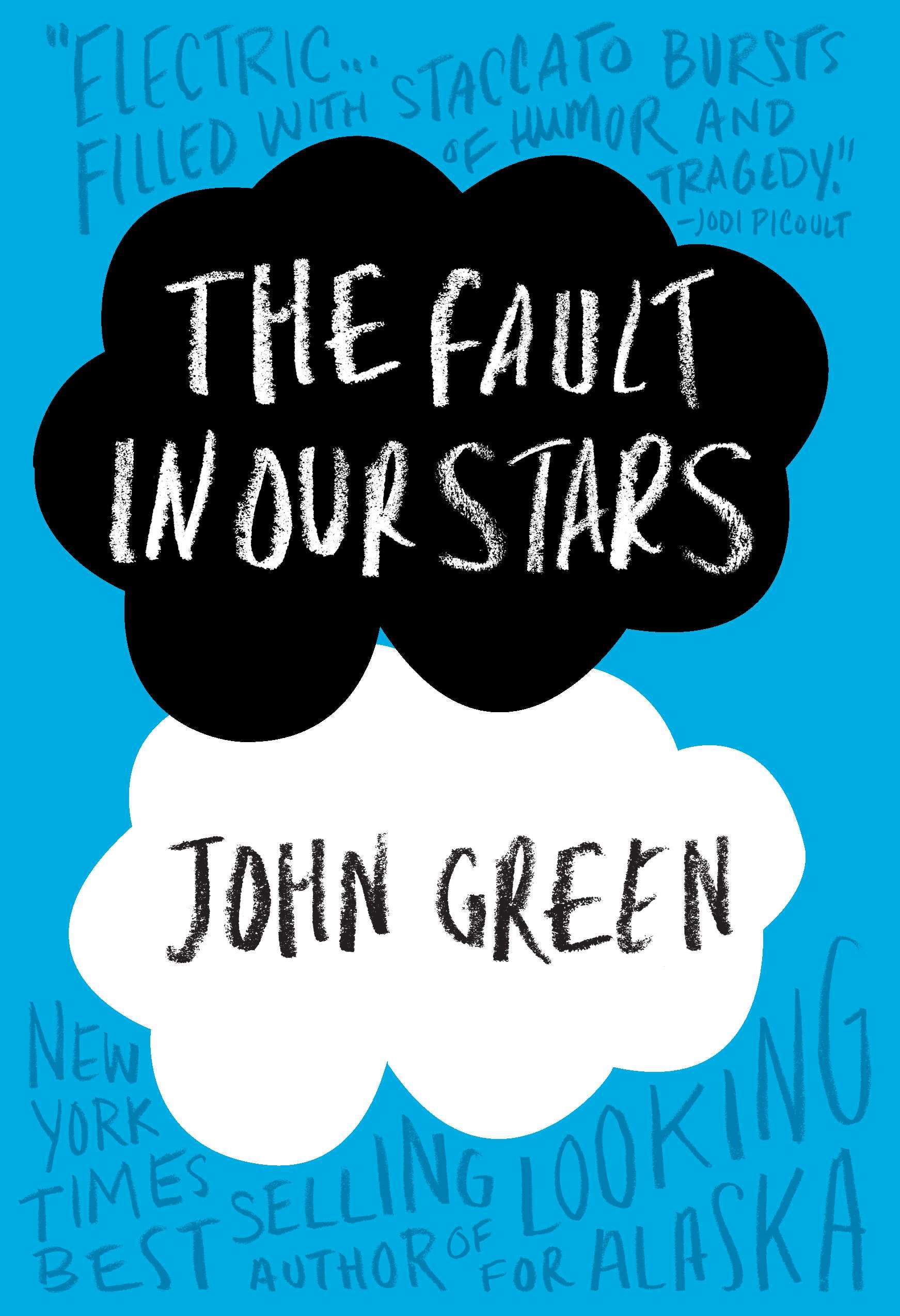Chapter 13: Love, Mortality, and the Search for Meaning
byChapter Thirteen of The Fault in Our Stars presents a heart-wrenching exploration of love, loss, and the unforgiving reality of mortality. It begins with Hazel, her mother, and Augustus spending their final day in Amsterdam at Vondelpark. The atmosphere is light and intimate, with Hazel and Augustus sharing tender moments, while Hazel’s mother gives them the space to be alone together. This gesture highlights the depth of their relationship, acknowledging the unspoken emotions and complexities they continue to navigate as a couple.
As they stroll through the park, the mood shifts dramatically when Augustus reveals that his cancer has aggressively returned. This revelation marks a stark departure from the romantic day they had envisioned, forcing them to confront the painful truth that their time together is threatened by the harsh reality of illness. Augustus’s relapse acts as a turning point not only in their trip but in their relationship, as they face the inevitable mortality that no amount of love or wishful thinking can protect them from.
Amid the emotional turmoil, Hazel reflects on Maslow’s Hierarchy of Needs, bringing a philosophical depth to the narrative. She challenges the idea that self-actualization and personal growth are secondary in the face of illness, asserting that they remain significant despite the limitations cancer imposes. This introspective moment allows Hazel to express her complex thoughts on mortality, further setting the stage for Augustus’s emotional confession about his ongoing health battles. The shift from an idealized, hopeful perspective to an acceptance of their shared mortality deepens the emotional intensity of their bond.
The couple’s conversation becomes an exploration of fear and helplessness, particularly the lack of control over their own fates. Augustus’s vulnerability emerges as he confronts the fact that his body is no longer responding as it once did, and his defiance against cancer, which had once seemed powerful, feels futile. This realization prompts them to question the meaning of their suffering, the fairness of life, and the larger existential question of whether it’s possible to fight against something as uncontrollable as death.
The chapter also explores the decisions that come with facing terminal illness, as seen in Augustus’s choice to stop palliative chemotherapy in favor of visiting Amsterdam. This decision, motivated by a desire to make the most of their remaining time, highlights the harsh reality that cancer imposes on their lives, dictating not only their health but also the way they spend their final days. Their discussion touches on the lack of cancer narratives in art, which emphasizes the isolation that terminally ill individuals often feel when their stories are rarely told with the same poetic or heroic framing that other forms of suffering may receive.
This moment draws attention to the absence of a cultural framework for understanding the terminally ill, reflecting the painful truth that their experiences are often overlooked or misunderstood in society. Hazel and Augustus discuss how people with terminal cancer are rarely depicted as having meaningful or dignified endings, which only exacerbates the feelings of isolation and invisibility they often face. This discussion not only adds complexity to their own experience but also offers a poignant commentary on the way illness, particularly terminal illness, is framed by society and the arts.
As the chapter concludes, Hazel and Augustus confront the harsh reality of their mortality. Their conversation is raw and deeply emotional, filled with a profound acknowledgment that love, no matter how deep or sincere, cannot shield them from death. This stark realization underscores the tension between the beauty of their connection and the inescapable sorrow that looms over their lives.
The chapter ultimately becomes a meditation on the fragility of life, the inevitability of loss, and the ways in which individuals search for meaning and dignity in the face of death. Despite the inevitable end that awaits them, Hazel and Augustus find solace in their love and the understanding that the bond they share is meaningful, even if their time together is limited. The story reminds readers that while death is a certainty, love, compassion, and the search for purpose are the enduring elements that help people navigate the hardest parts of life.

